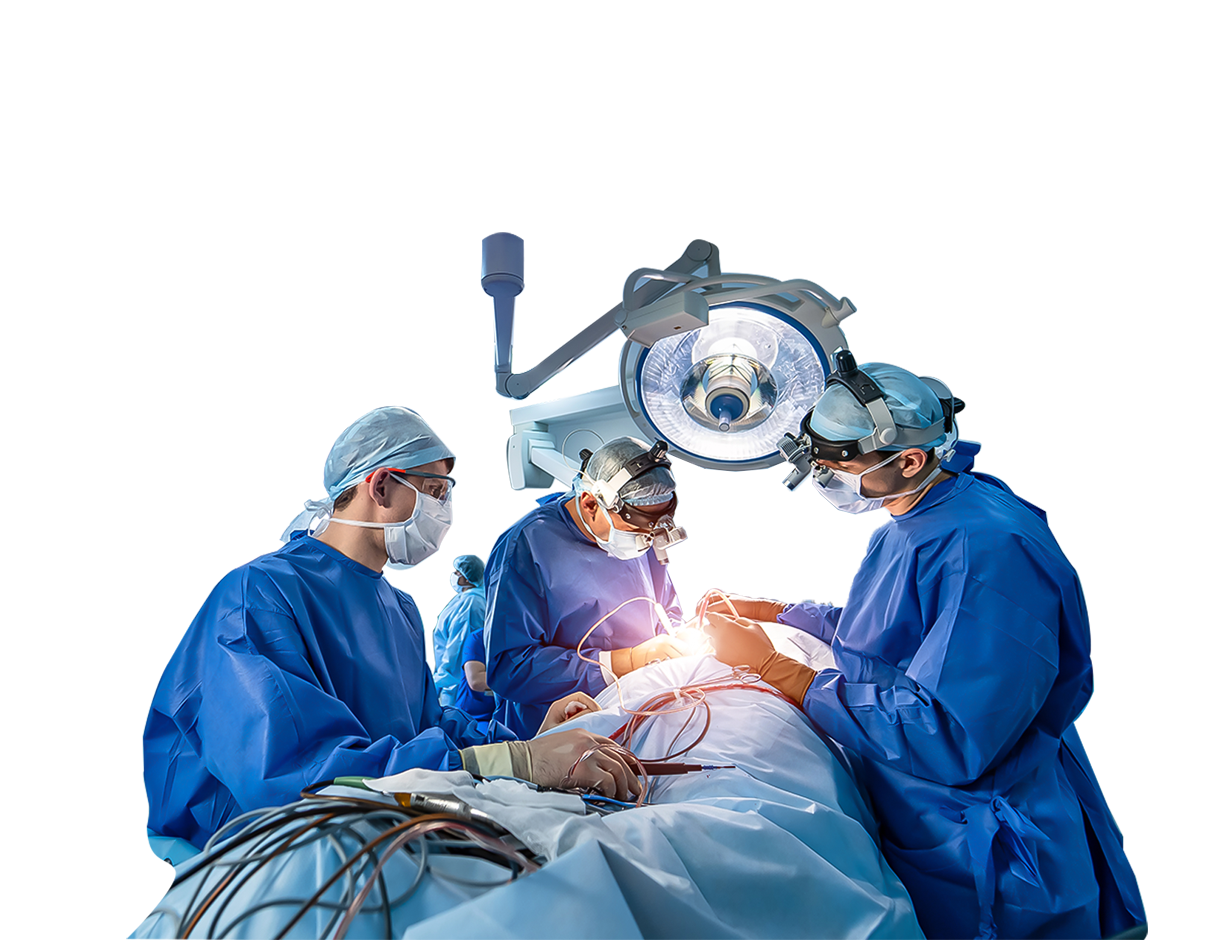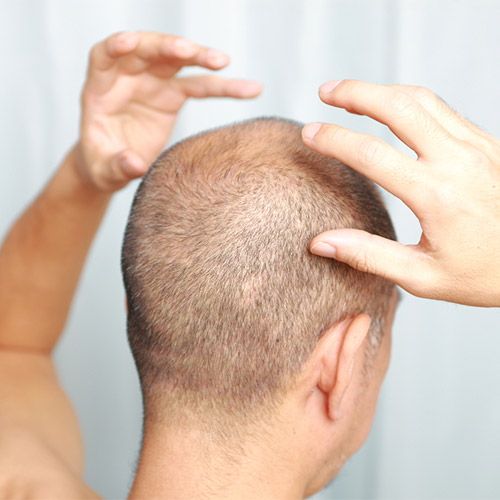Plastic Surgery


What is Plastic Surgery?
Plastic surgery is a surgical procedure that aims to improve an individuals physical appearance or restore bodily function. It involves changing, repairing or reconstructing a body part using surgical techniques such as skin grafts, tissue transfer, and implantation. Plastic surgery can be performed on different parts of the body, including the face, neck, breasts, abdomen, arms, and legs. The goal of plastic surgery is to enhance ones appearance, improve self-confidence, and in some cases, help individuals lead healthier lives.
Plastic Surgery Cost
One of the significant factors that determine whether individuals opt for plastic surgery or not, is the cost of the procedures. The prices of plastic surgeries vary depending on the type of procedure, doctors experience, the clinics location, and other factors
Although some procedures may seem costly, plastic surgery financing options are available and vary depending on the surgeon and clinic. Some clinics offer installment payment plans, while others provide loans with reasonable interest rates. Before choosing your doctor or clinic, ensure that you discuss payment options and financing with them.
Cheap Plastic Surgery
While considering plastic surgery prices, one might be tempted by the prospect of cheap plastic surgery procedures. However, keep in mind that cheap may not necessarily mean good. If the price tag seems too good to be true, it probably is.
Low-priced plastic surgeries may be performed by unskilled or unqualified surgeons, which increases the risk of complications and poor results. To reduce the cost of plastic surgery, some individuals opt for medical tourism, which involves traveling to countries where the procedures are more affordable.
Keep in mind that this option also has potential risks, including language barriers, lack of insurance coverage, and substandard aftercare.
Latest Plastic Surgery Procedures and Techniques
The plastic surgery industry is continually evolving, with new procedures and technologies emerging. Here are some of the latest plastic surgery procedures:
- Tummy Tucks with VASER Liposuction: This procedure combines VASER liposuction with a tummy tuck to give a smoother, more contoured abdomen.
- Butt Augmentation with Fat Grafting: This involves the transfer of fat from other areas of the body, such as the thighs and belly, to the buttocks for a fuller appearance.
- Non-Surgical Nose Jobs: This is a minimally invasive alternative to traditional rhinoplasty. It involves injecting fillers into the nose to reshape it, with no downtime required.
- Facial Fat Grafting: This procedure involves the transfer of fat from other areas of the body to the face to restore volume and reduce signs of aging.
Plastic Surgery Types
There are different types of plastic surgeries, including facial plastic surgery, body plastic surgery, male plastic surgery, and pediatric plastic surgery.
- Facial Plastic Surgery: As the name suggests, facial plastic surgery involves surgical procedures to enhance the faces appearance. Some of the most common facial plastic surgery procedures include facelift, rhinoplasty (nose job), eyelid surgery, and ear pinning.
- Body Plastic Surgery: Body plastic surgery involves surgical procedures to alter the appearance of the body. This type of surgery includes breast augmentation, liposuction, tummy tuck, and Brazilian butt lift, among others.
- Male Plastic Surgery: The number of men undergoing plastic surgery is on the rise. Male plastic surgery procedures include gynecomastia surgery (breast reduction), rhinoplasty, facelift, and liposuction.
- Pediatric Plastic Surgery: This type of plastic surgery aims to treat congenital anomalies present in children. It involves repairing cleft lips, cleft palates, and other birth defects.

Plastic Surgery Side Effects and Complications
Like any other surgery, plastic surgery comes with risks, including complications and side effects. Some of these risks include:
- Bleeding
- Infections
- Scarring
- Numbness
- Chronic pain
- Allergic reactions
- Poor wound healing
To minimize the risk of complications, ensure that you choose an experienced and qualified plastic surgeon and disclose your full health history, including any medications you are taking. During the consultation, discuss the possible side effects and complications associated with the procedure you wish to undergo. Its also crucial to follow the aftercare instructions given by your surgeon to avoid unnecessary complications.
Plastic Surgery Scars and Recovery
After plastic surgery, you need to take adequate time to recover. Depending on the procedure, youll be given specific aftercare instructions to follow. Its crucial to follow these instructions to ensure that you heal correctly.
Plastic surgery Scarring is common side effect of plastic surgery. However, plastic surgeons use techniques to minimize scarring appearance, such as using surgical glue instead of sutures or using dissolvable sutures.

Best Plastic Surgeon and Choosing a Plastic Surgery Doctor
Choosing the right plastic surgeon is crucial to ensuring that you achieve the desired results and reduce the risk of complications. Some of the factors to consider when choosing the best plastic surgeon include:
- Qualifications and certifications
- Experience in performing the specific procedure
- Patient reviews and recommendations
- Communication skills
- The safety of the surgical facility
- Availability of aftercare services
If in doubt, you can ask for recommendations from friends or family who have undergone plastic surgery before. You can also attend consultations with different plastic surgeons to compare their treatment philosophy and expertise before settling on one.
Conclusion
Plastic surgery is a viable option for individuals looking to improve their appearance or overall wellness. However, it comes with risks and costs. Its essential to understand the procedures basics, costs, latest Plastic surgery techniques, types of plastic surgery, possible side effects, recovery periods, scars, and how to choose the best plastic surgeon. With the right information, you can weigh the risks and benefits of plastic surgery and enjoy its transformative impact on your life.

Frequently asked questions
Cosmetic surgery is elective and aimed at enhancing the appearance of a person’s body part.
Reconstructive surgery, on the other hand, is done mainly to repair body parts affected by birth defects, injuries, diseases or surgeries that may impair physical function or cause emotional distress.
There are non-surgical alternatives to plastic surgery. These include injectable such as Botox and fillers, chemical peels, laser treatments, and other minimally invasive procedures. However, the results may not be as dramatic or long-lasting as those achieved with surgery.
The most popular plastic surgery procedures vary depending on the country, but in general, breast augmentation, liposuction, and rhinoplasty (nose job) are among the top three.
Other popular procedures include eyelid surgery, facelifts, and tummy tucks.
Plastic surgery, like any surgical procedure, carries certain risks. However, with proper planning, a qualified and experienced surgeon, and attention to post-operative care, it can be safe for most patients. Ultimately, it is important to thoroughly research the procedure and surgeon before making any decisions.
The most common types of this surgery are breast augmentation, liposuction, eyelid surgery, rhinoplasty (nose job), and facelift.
The cost of this surgery varies depending on the type of procedure, the surgeon’s experience and expertise, the location of the surgery, and other factors such as medical tests and anesthesia fees. On average, a basic cosmetic procedure can range from $3,000 to $12,000.
The recovery period after? surgery varies depending on the type and extent of the procedure, but it can take anywhere from a few days to several weeks.
uction, and rhinoplasty (nose job) are among the top three.
Other popular procedures include eyelid surgery, facelifts, and tummy tucks.
Yes, there are risks and potential complications associated with plastic surgery. These can include infection, bleeding, scarring, anesthesia complications, and dissatisfaction with the results. It is important to carefully consider the potential risks and benefits before undergoing any type of surgical procedure.
To choose a qualified plastic surgeon, you can start by looking for board certifications, checking their experience and training, reading reviews from other patients, and scheduling a consultation to ask questions and discuss your goals and expectations. Make sure to choose a surgeon who is open and honest about the risks and benefits of the procedure and who makes you feel comfortable and confident in their abilities.
This surgery can improve someone’s self-confidence; however, it’s essential to have realistic expectations as surgery alone may not completely change an individual’s life circumstances or solve all their problems. It’s crucial to do thorough research, consult with a qualified and experienced surgeon, and carefully consider all risks and benefits before making a decision.
Free Consultation Form
Balat AestheticsAsk Our Doctors







